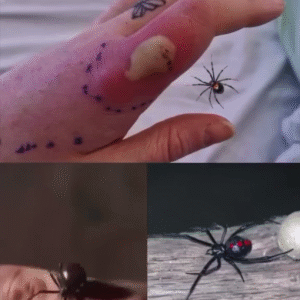Lina Medina was born in 1933 in the poor, remote city of Ticrapo, Peru. She lived in cramped living quarters with her parents and eight siblings.
When Lina was four, her dad noticed something strange: his daughter’s stomach started blowing up like a balloon.
After a while, Lina’s large stomach was the talk of the town, and several people believed she had a “demon” inside her. Her father even contacted healers and shamans to see what they could do to remove it.

Nothing worked, and Lina’s family started to suspect that she had a tumor. Finally, they walked to the city of Pisco and brought the little girl to the city’s hospital.
There they met Gerardo Lozado, a doctor who, like Lina’s parents, first suspected that she had a tumor.
But soon, he discovered that he was wrong—and the shocking truth was revealed.
Lina was seven months pregnant.
The doctor couldn’t believe his eyes. He called in distinguished specialists from the capital, Lima. But they only confirmed what Lozado had discovered.

On May 14, 1939, when Lina was five years old, she gave birth to a healthy child via Caesarean section. He weighed 6 pounds (2.7 kg) and was 19 inches (48 cm) long. He was named Gerardo as a tribute to the doctor, according to the New York Post.
Lina’s pregnancy became major news around the world and was reported on everywhere from the New York Times in the United States to the Daily Telegraph in England. It ran next to headlines about the fighting of World War II.

Lina received many offers to travel with her son to the United States to undergo medical tests. But Lina’s parents refused and Peru’s then president, Oscar Benavides, enacted a law to protect them from being used for financial gain and also promised them a grant that would take care of them for life. Unfortunately though, Lina never saw a penny.

Nobody could believe that such a young girl could become pregnant—and have a successful delivery.
In her hometown, Lina was regarded as a “virgin Mary.” Some villagers speculated that her baby was the son of the sun god.


